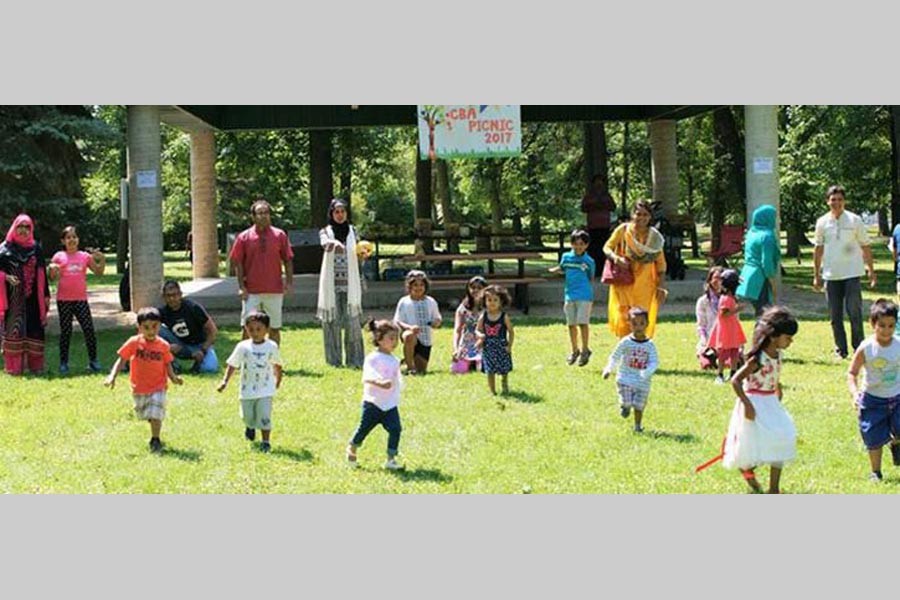The merit of the Country Report Card on Physical Activity for Children and Youth could not be overemphasised. Launched as late as 2014, the Active Healthy Kids Global Alliance started promoting globally the idea of making children and youth active at least for 60 minutes a day. Although Bangladesh participates in this global initiative for the first time this year, some Western nations -- Canada being one of the front-runners -- had been planning for active lifestyle for healthy living for their young population for long. Countries like Bangladesh have of late become aware to some extent of the inactive life led by children and youth and its attendant ills they suffer. It is because they spend unacceptably long time on smartphones and computers neglecting their studies. The physical activity part of the matter is hardly appreciated as it should be. Had it been the case, parents, teachers and national policymakers would have demanded creation of facilities where young population everywhere could spend some happy time in running, playing or exercising.
The 2018 Bangladesh Report Card on Physical Activity for Children and Youth has not painted a bright picture so far as the physical activity of this particular segment of the population is concerned. Only 41.40 per cent of students aged between 13-17 years were physically active for the prescribed minimum one hour a day. Clearly the age group does not represent a broad section of children and youth. Also only students were brought under the study, not the millions who work in crop fields and factories. Then there is the need to know if students from village schools were included for observation of their activities. The results are likely to vary widely if students of city or town schools are taken as subjects. Students in villages are willingly or unwillingly engaged in various household works and at times pit against each other on their own volition in competitions like throwing stones, running or swimming. Their life is quite active.
The problem of sedentary and inactive life is the most acute among the young population living in cities. They do not have to do anything except going to coaching centres and educational institutions. In fact they have no time for other outdoor activities, nor are they encouraged to do so. At fault is the current education system with its overwhelming concern for achievement of top grade GPA-5 in examinations. On the other hand, food habits among the majority of city people have recorded a change with an emphasis on meat, processed foods and beverages. The combined unhealthy living style is posing a serious threat to the well-being of the young population.
To avert a health disaster of the young generation living in cities, therefore, the primary need is to bring about a change in the curricula. The coaching business and GPA obsession must be made a thing of the past in order to give students some spare time for sports and games which they can enjoy. Then there must be other types of policy support such as creation of sports grounds or playing fields in adequate number. Parents and teachers have to encourage them in doing household chores as well as participating in sports and games. This is how their lifestyle behaviour may change.


